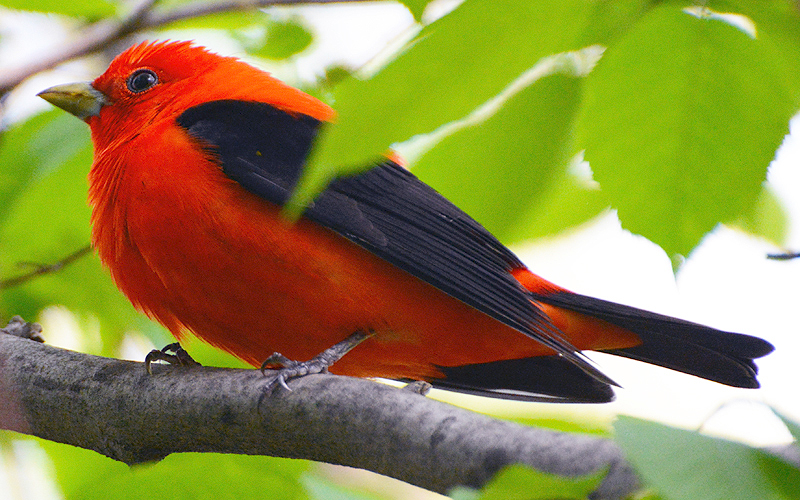Flashes of yellow zip across your binos as warblers flit through the leaves foraging for insects. They are quick and beautiful, but who does that yellow belong to? At this time of year, male warblers in their breeding plumage are striking but can look similar – especially when they are moving quickly. Here are some […]


























































